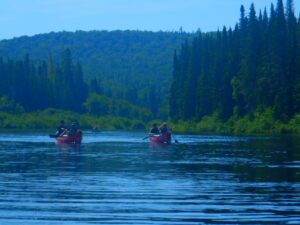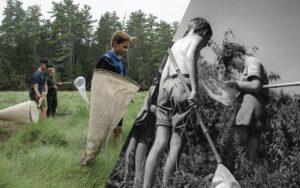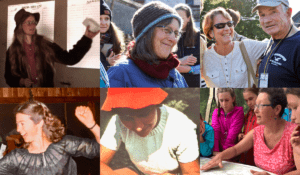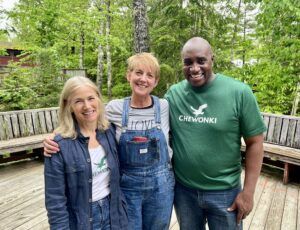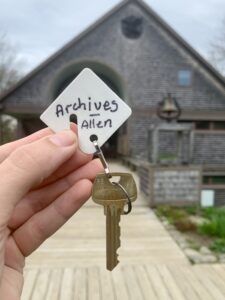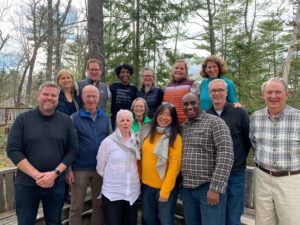Congratulations to Maine Coast Semester 67 Alumna, Sophia Kovacs (Morse High School, Bath, ME), who recently completed Bigelow Laboratory’s Keller BLOOM Program. BLOOM (Bigelow Laboratory Orders of Magnitude) is a week-long ocean science-intensive that invites high school juniors to work side-by-side with Bigelow’s marine biologists.
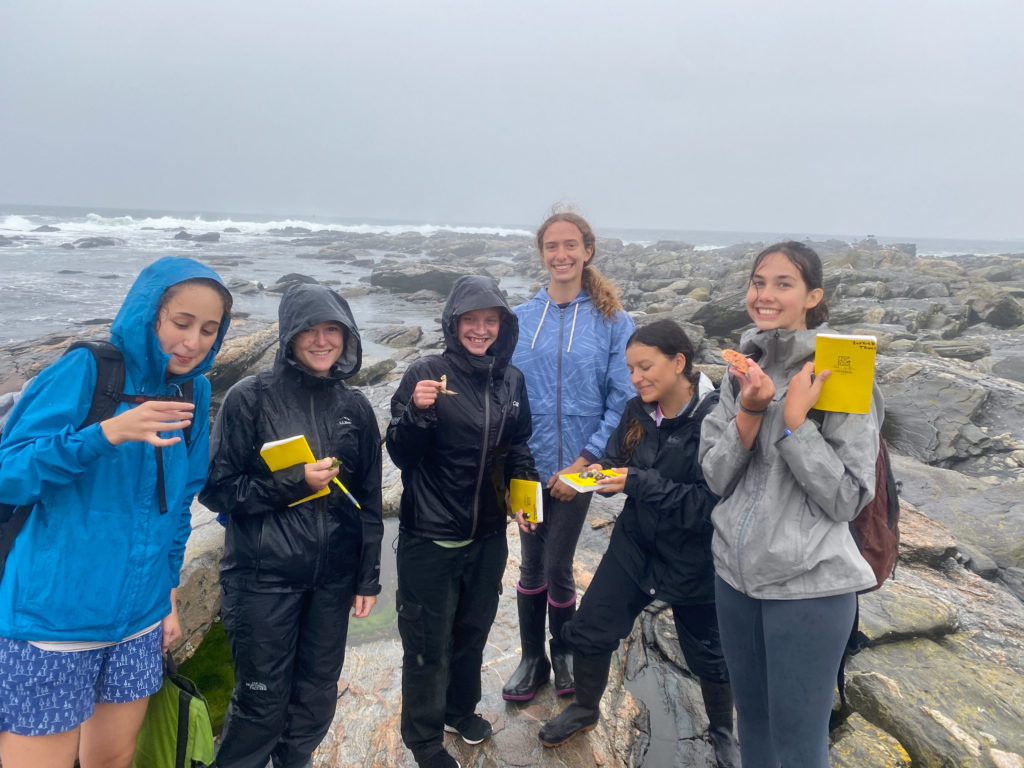
“It was cool to work alongside and learn from Bigelow Lab’s talented scientists,” says Kovacs. “There was no lecturing; I learned through conversations and hands-on work. For the first time, I felt less like a student and more like a peer.”
Kovacs first heard about BLOOM through Maine Coast Semester math teacher Katie Curtis, who encouraged her to apply this spring. “I wasn’t positive I wanted to attend the program when I applied,” says Kovacs, “but I figured, why not?” Looking back, Kovacs feels so grateful she did.

One of just 16 students from across Maine accepted to the program, Kovacs spent five days in April on the water and in the lab with Bigelow scientists. They collected data at four stations on the Sheepscot River, including temperature, depth, salinity, and chlorophyll levels, using Secchi disks and Niskin water sampling bottles. “Part of what made this experience feel so powerful was being able to use professional equipment,” says Kovacs.
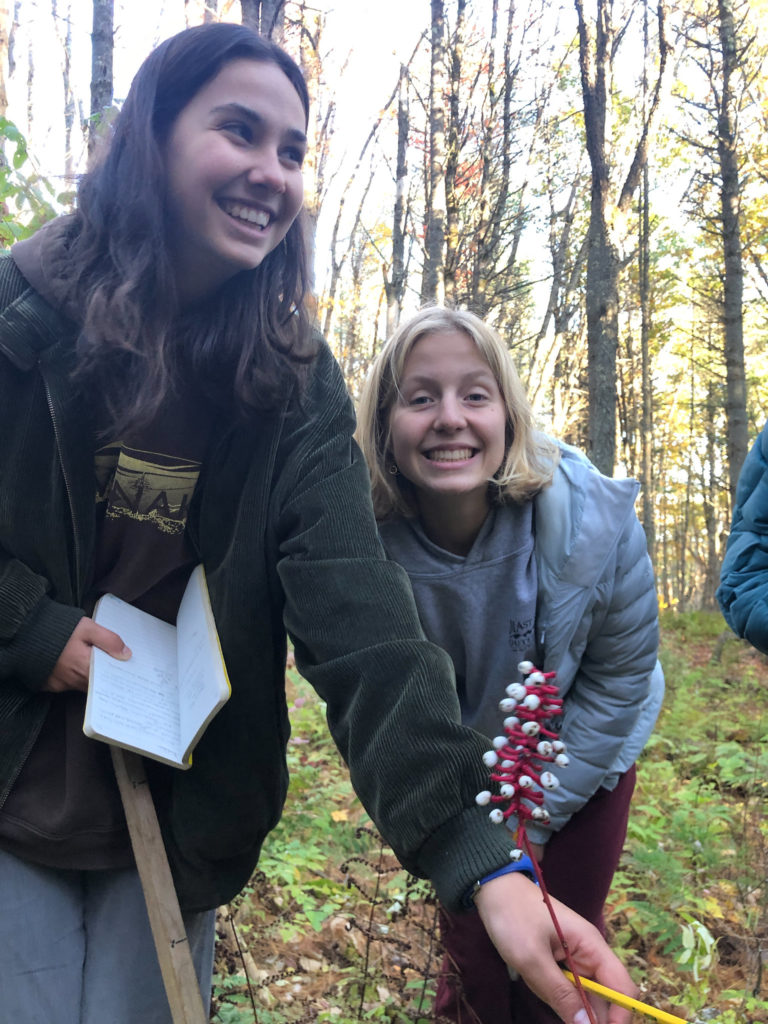
Next, Kovacs’ cohort used nets to collect phytoplankton and zooplankton samples, which is more “qualitative information,” explains Kovacs, “because you can’t count the actual number of microscopic organisms in the river, so we were making more of an educated guess.”
The group then took all this information back to the lab for analysis. “One of the most interesting things about BLOOM is that it’s been going on for more than 30 years with the same procedure, so we’re collecting longitudinal data,” says Kovacs. “This approach allows us to see how the environment and climate are changing locally and over time, and that’s an important reason to conduct this research,” she continues.
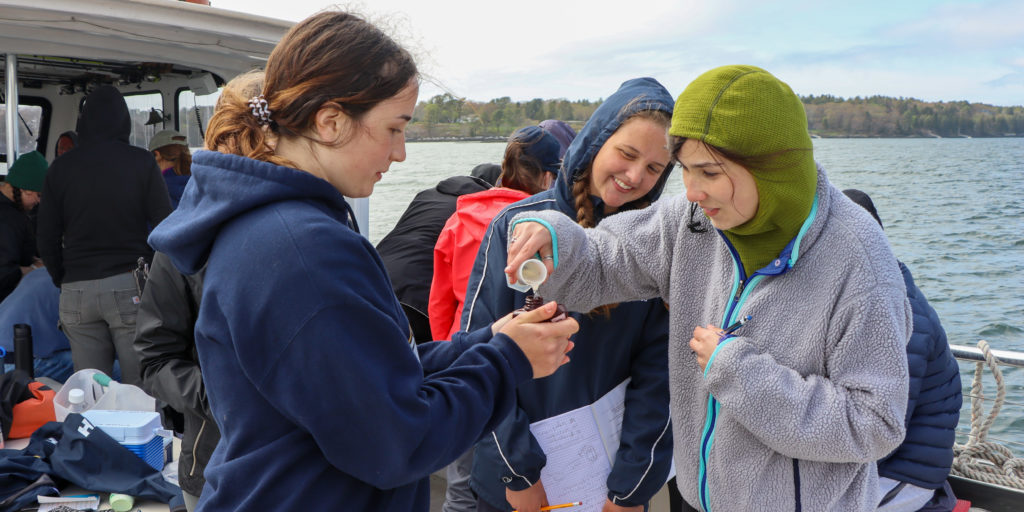
Still, Kovacs says the process was frustrating at times. “I was in a subgroup that analyzed and graphed all the physical data, and I was put in charge of making the temperature graph,” Kovacs recalls. “But, there was SO much data. We measured temperature at different depths at the four stations along the Sheepscot River, and I had data points for every second of the data collection. The graph took me twelve hours to make!”
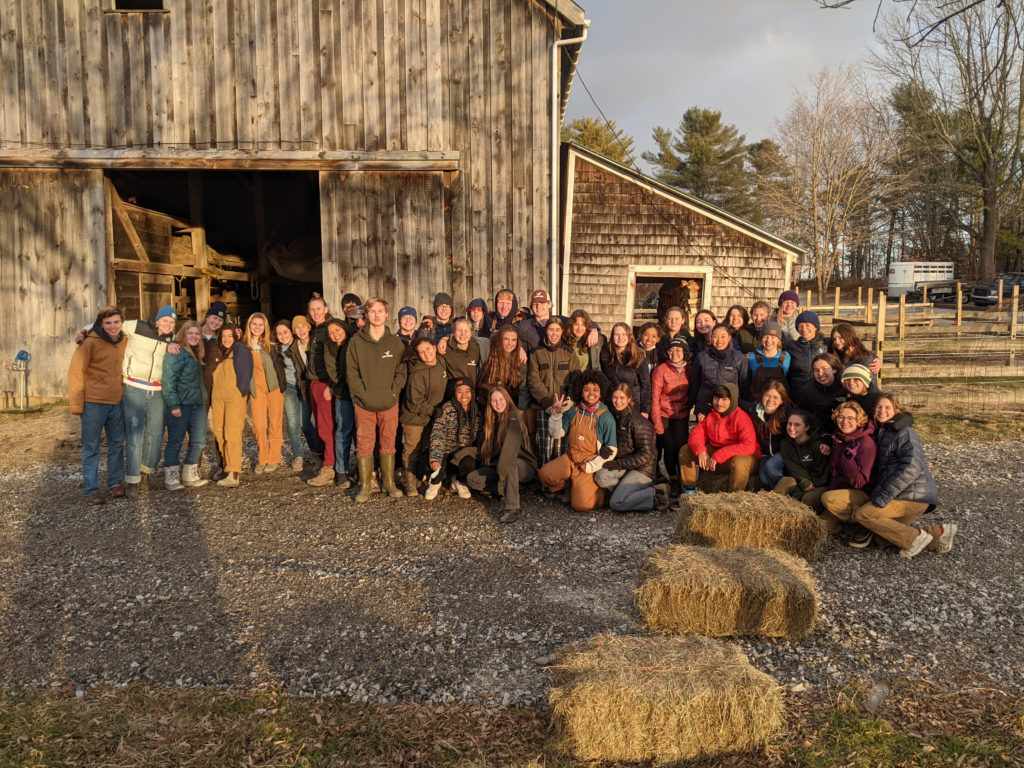
When Kovacs finished the visualization, she felt relieved and gratified. “The temperature graph was foundational to the rest of the group’s research that week, and when it finally made sense – it felt awesome. That was one of my proudest moments all week.” Huzzah, Sophia!
What’s next for Kovacs? She says she’s planning a laid-back summer at home in Bath and perhaps working for a summer camp or babysitting. This fall, she’ll begin her senior year at Morse High School, and then she’d possibly like to major in environmental studies in college.
Fantastic work, Sophia; we wish you the best!
